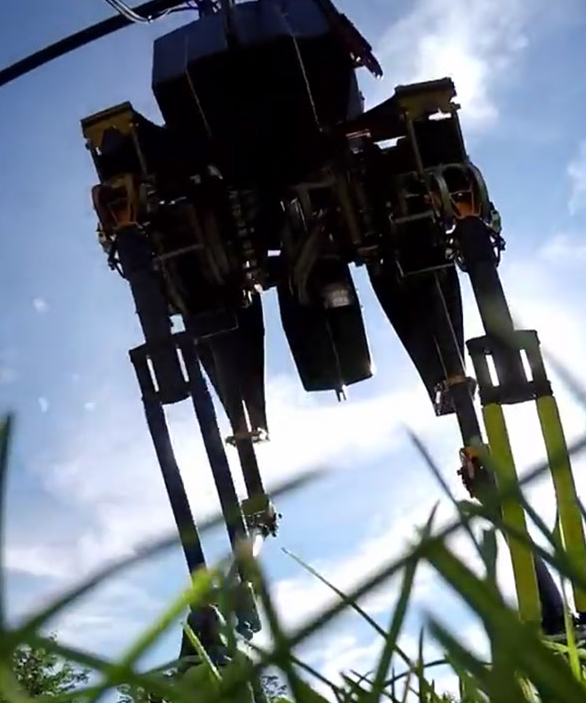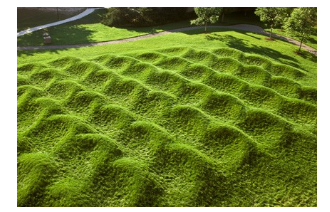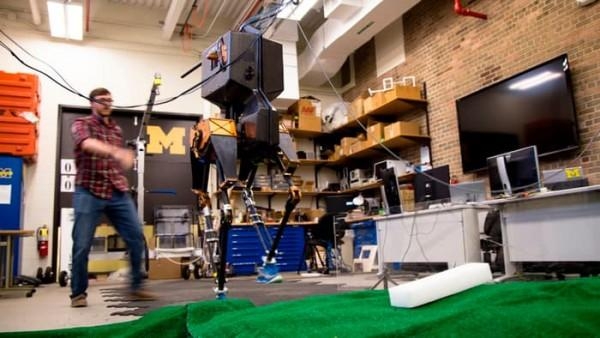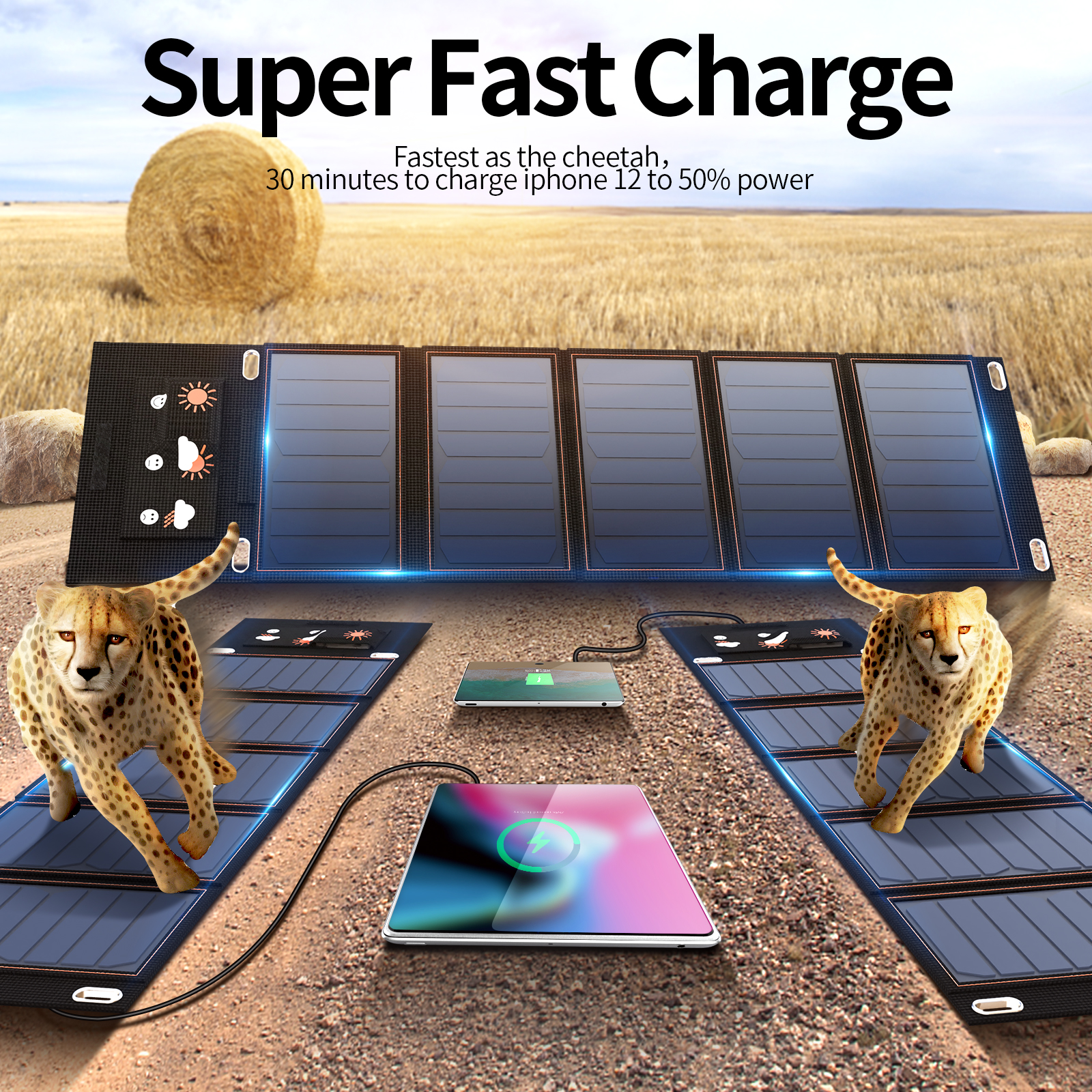
The research team led by Jonathan Hurst of Oregon State University had previously built MABEL but could only restrict 2D walking on the plane. Now, one team has successfully built a more powerful walking robot. Recently, the University of Michigan successfully developed the bipedal robot MARLO, which can walk on complex roads without any other support. The MARLO robot has a “3D walking†function, which means that it can walk at any angle.
Through the cooperation of software and hardware, MARLO can self-adjust according to the road environment, bend the gait to achieve the purpose of moving. In the future, MARLO will be equipped with a comprehensive 3D controller that can better adjust pace in complex terrain.
However, in the earlier test video, MARLO dropped more than any other robot. The team has been improving MARLO's walking skills, and now MARLO's walking skills have been superb. It can conquer regardless of whether it is safe or easy.
Now, team leader Professor Jessy Grizzle and his students are facing tougher challenges for MARLO, letting Marlo walk on “wave grassâ€. The grass is located at the University of Michigan and was carefully designed by the artist Maya Lin. Today, the team released a video of MARLO's “Wave of Grass†walking.

The operator can control MARLO through a conventional Xbox controller, and the operator can issue commands to move it in any direction. The MARLO robot can adjust itself after encountering rugged terrain. MARLO's ability to walk is thanks to the navigation algorithms used by researchers. Xingye Da combines two 2D algorithms, one that can control forward and backward movement, and the other that can control lateral movement. He then created 15 different gaits based on different walking speeds and ground heights, which allowed MARLO to steadily move on bumpy roads without special sensors. In addition, the researchers plan to develop a more comprehensive 3D controller algorithm, hoping that MARLO can run optimally in complex terrain.

MARLO is very different from other humanoid robots. It has no arms, no heads, no brakes on the knees, and is almost the smallest robot you have ever seen. Grizzle said that this design can make MARLO more sensitive, but it also needs a more mature algorithm to implement the walking function.
For MARLO, hardware is not the most important. Grizzle said that its team is developing "basic mathematical principles" for highly flexible bipedal robots. He explained: "We want algorithms to serve the entire bipedal robot family, not just our MARLO."
Grizzle describes the MARLO algorithm like this:
When designing MARLO controllers, we use a complete dynamic model instead of a simplified vertical model. The vertical model has its own limits, so robots based on this usually can only walk slowly and flatly. We use an optimized algorithm on the model to design the walking gait of the robot, which can be adjusted according to different ground heights, slopes, and walking speeds.
With this optimized algorithm, MARLO can handle a variety of grounds. Only in extreme circumstances will it fall.

To learn more about MARLO, IEEE Spectrum interviewed Jessy Grizzle:
IEEE Spectrum:
Why does MARLO keep its balance when it is not moving forward?
Jessy Grizzle:
In the video, you can see that MARLO alternates legs 2 to 3 times per second. why? When MARLO does not move forward, it is necessary to stand still, because its ankle is the pivot. If it stands still, it will fall forward or backward. Imagine if you stand on a rotating disc you will know. Therefore, standing still is essential for maintaining balance.
IEEE Spectrum:
Why does MARLO fall sometimes?
Jessy Grizzle:
Failure is the mother of success, but if you haven't been successful, the whole effort is very frustrating.
When we are walking faster than 0.5 meters per second, this is usually because the foot is too slippery to fall, or it is tripped because the height of the obstacle exceeds the expected height of MARLO (we will tell MARLO the height of the ground) .
In the previous video, MARLO fell because the side legs did not consider the steep slope, the slope was 15 centimeters high, but MARLO only reached 5 centimeters when walking, and then fell. Therefore, the reason for the fall is mainly because of the misjudgment of MARLO. Sometimes it needs to cross a “hillâ€, but it thinks it is a flat ground and therefore it falls. So we need to optimize the algorithm all the time to reduce MARLO's misjudgment.
Via:IEEE

A solar cell panel, solar electric panel, photo-voltaic (PV) module, PV panel or solar panel is an assembly of photovoltaic solar cells mounted in a (usually rectangular) frame, and a neatly organised collection of PV panels is called a photovoltaic system or solar array. Solar panels capture sunlight as a source of radiant energy, which is converted into electric energy in the form of direct current (DC) electricity. Arrays of a photovoltaic system can be used to generate solar electricity that supplies electrical equipment directly, or feeds power back into an alternate current (AC) grid via an inverter system.
Solar Panel,200w Folding Solar Panel,Folding Solar Portable Power Station,Sunpower Solar Cell
suzhou whaylan new energy technology co., ltd , https://www.whaylanenergy.com